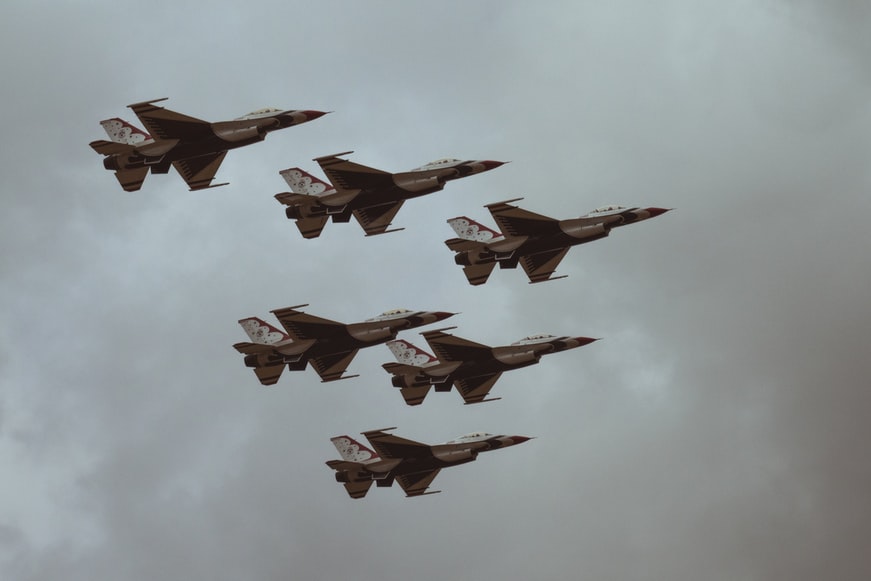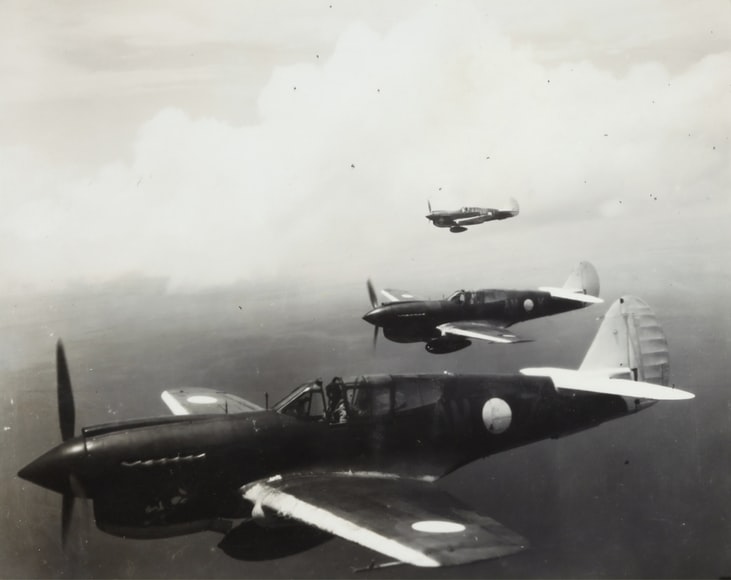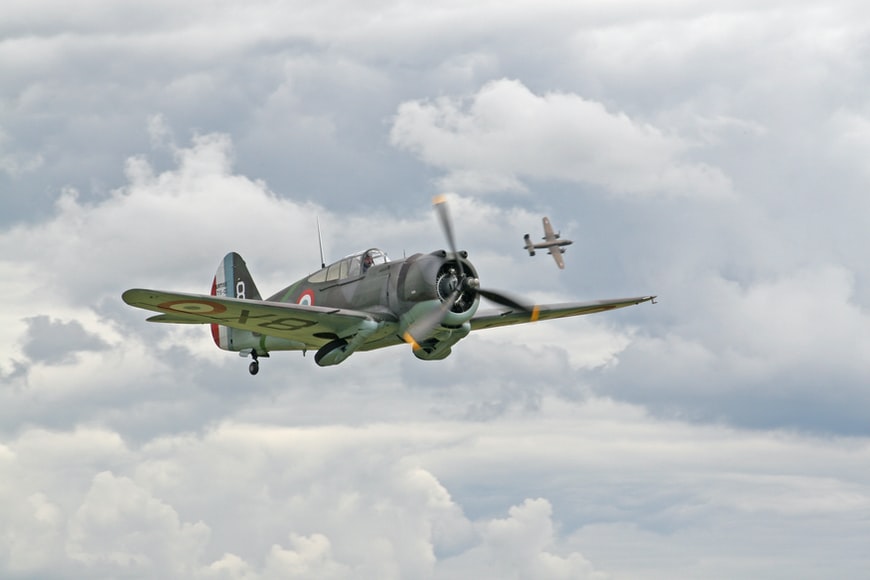The SB 2 was developed in 1936 and saw service in Spain, Mongolia and Finland before it was used in World War II. Though it performed well in these earlier conflicts, the SB 2 had lost its technological edge by the time it had to face much faster and better armed German fighters.
When its design was conceived in 1933 it was decided by the Soviet government that what was needed was a light bomber that was fast enough to operate without fighter escort. The SB came in two versions: the SB 1 which had a radial engine and the later SB 2 which had an in-line engine. The SB 2 was a thoroughly modern aircraft. It was Russia’s first stressed-skinned, mid-winged, all-metal, monoplane bomber. It had modern aerodynamic features like flush-riveting and retractable landing gear. It held a crew of four and was one of the fastest military planes ever built when it entered service.
The SB 2 performed the bulk of Soviet tactical aviation during its years of service. Despite the fact that it met with heavy losses against the Germans, it suffered the heaviest losses of any Soviet warplane. The SB 2 was an abundant and useful aircraft and so there was little choice but to use it. It was relegated to more specialized roles like torpedo bomber and night intruder before finally being retired in 1943. Nearly 7000 were built.
| Type | Light Bomber |
| Power Plant | 2 x 960-horsepower M-103 liquid cooled in-line engines |
| Max speed: | 450 Km/h (280 mph) |
| Ceiling: | 7800 m (25,590 ft.) |
| Range: | 2300 km (1,429 mi.) |
| Weight (empty): | 4,767 kg (10,511 lb.) |
| Weight (loaded): | 7,880 kg (17,372 lb.) |
| Wingspan: | 20.31m (66 ft. 8 in.) |
| Length: | 12.16m (40 ft. 3 in) |
| Height: | 3.24 m (10 ft. 8 in.) |
| Armament: | 6 x 7.62mm machine guns; 1,323 pounds of bombs |
| Service: | 1936 – 1943 |


